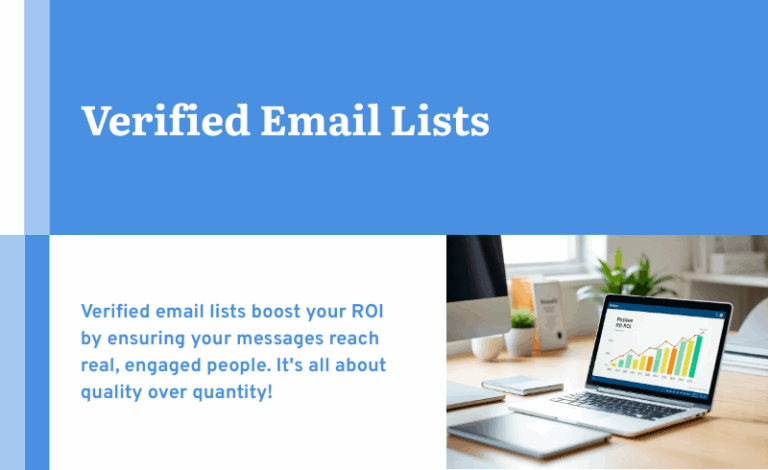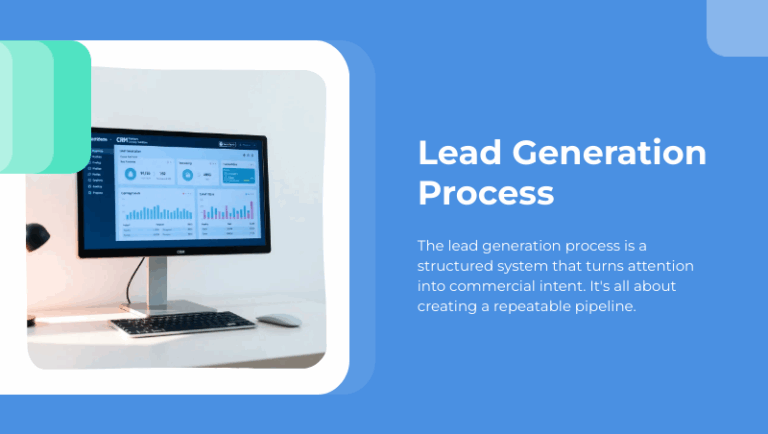
Marketing technology has a stratospherically high ceiling, yet for many companies, a database marketing strategy that lets them get off the ground is still elusive. On average, only about half of businesses that have adopted marketing automation use its more advanced features such as lead nurture programs, customer personas, and predictive analytics. Until they can directly link marketing activities to results, these organizations can’t reach their full potential.
The roadblock here isn’t an inability to change or a lack of motivation, so what’s limiting firms that haven’t yet capitalized fully on their investments in marketing technology?
Pinpointing the Problem
For some of these organizations, data quality is a concern; for others, database management is an issue. Data quality issues include invalid, missing, or aging data; information that isn’t normalized for easy storage and retrieval; duplicate data; and entry errors. For database marketing to be effective, the data coming into the system must be clean.
Coming Clean with Data
Data’s a dynamic entity. It changes over time as leads move away, get promoted, start new projects, or sign up on the latest social media platform. Because of these changes, data has a decay rate – and depending on your industry, that could be as much as a few percentage points per quarter. This may not sound like much, but if only 3 percent of your data becomes outdated each quarter, you’re missing the mark with your potential customers by double digits at year’s end. To keep data quality high, database managers use a number of tools:
- Merging – Reduce the bloat in business mailing lists with matching and merging to ensure that you get a clear picture of your audience. If you have Sam Jones, Sam H. Jones, and Sammy Jones in your database, you need to know if you’re dealing with three individuals or the same lead who has entered a slightly different name each visit. Merge processes analyze other information in the database and consolidate otherwise identical records into a single file.
- Deduplicating – After condensing records, your system needs to be cleansed of the duplicates. De-duping is especially important for B2B companies that have highly active content marketing and nurture programs. You don’t want to send the same lead two newsletters each week.
- Purging – Inaccurate, invalid, and outdated information must get scrubbed from the system regularly to keep deliverability rates high and get your message only to active mailing addresses an email in-boxes.
- Appending – While de-duping and purging files are subtractive processes, there’s an additive step that’s vital to quality. Data appends fill in the blanks in existing records, giving you more detailed information about your prospects and making it easier to separate active leads from invalid data.
Database Management
Clean data is only part of what it takes to realize a higher ROI through marketing technology. As sophisticated as a marketing database is, it needs human ingenuity to make the most of every opportunity.
To see why, let’s look at our earlier example about Sam Jones. What happens when Samantha and Samuel Jones both work at the same office or are husband and wife? This is where your database manager steps in to verify information manually and improve the way you keep records in the future. For example, your database manager might overhaul your landing pages and subscription forms to improve the quality of the data that comes in from the start. Email verification requests or phone calls to leads with ambiguous information on their files can rescue a good lead from being lost in the data shuffle.
Gathering, maintaining, and retrieving data is an investment. Make sure you get the greatest return on it with database services to coordinate your data-driven marketing strategy.
© Reach Marketing LLC 2016 All Rights Reserved.



